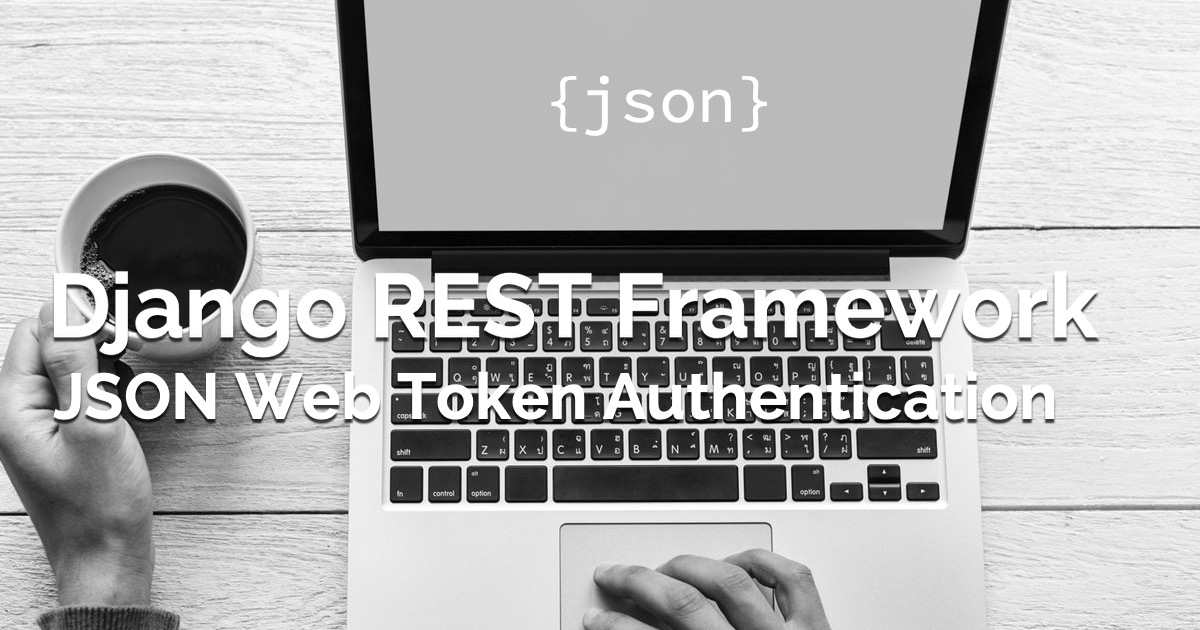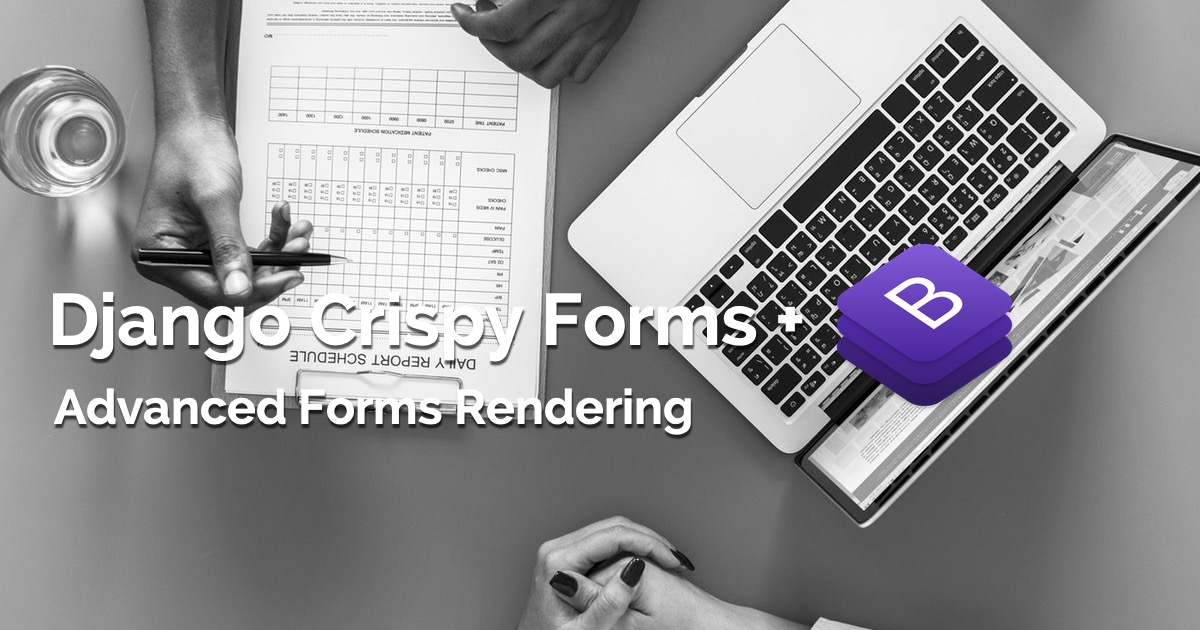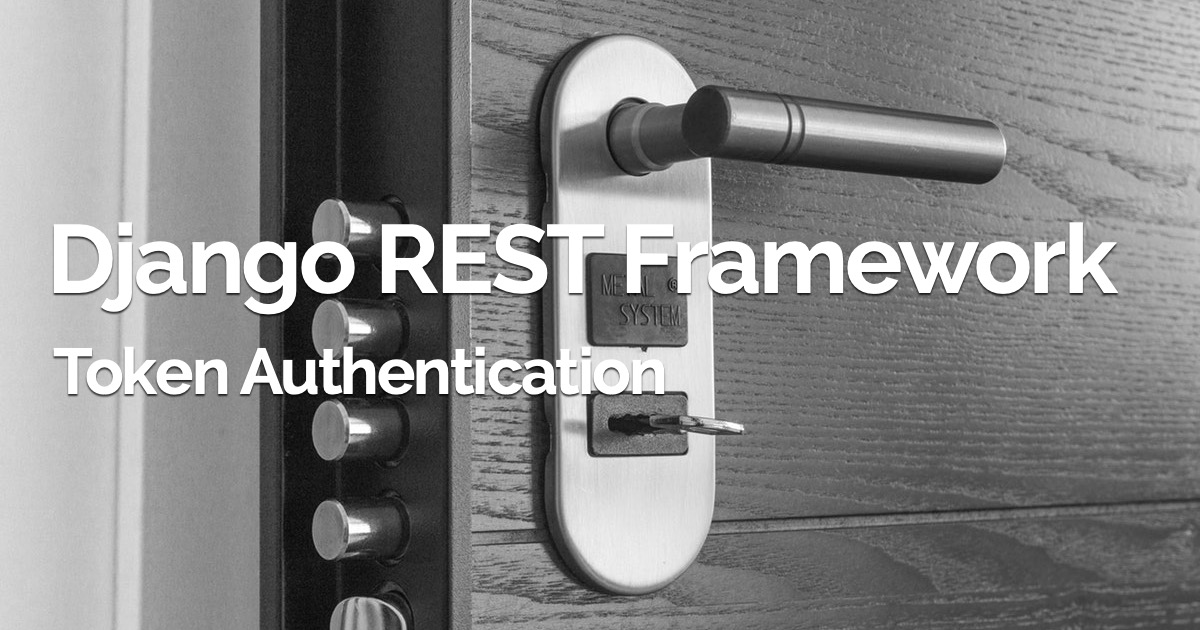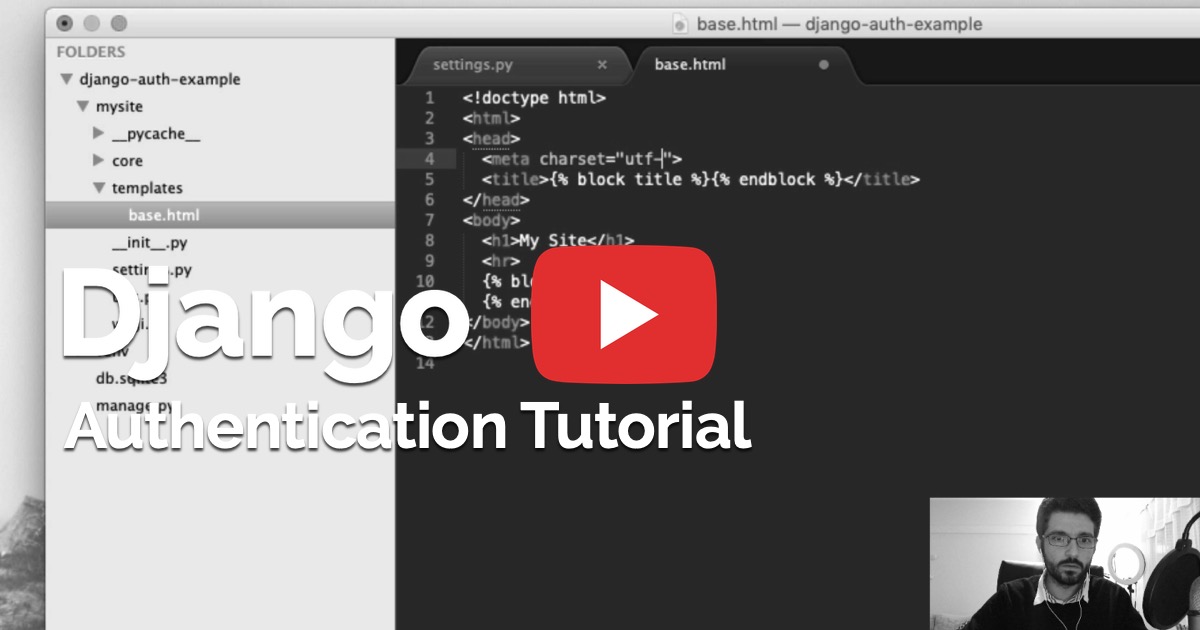article
What You Should Know About The Django User Model

The goal of this article is to discuss the caveats of the default Django user model implementation and also to give you some advice on how to address them. It is important to know the limitations of the current implementation so to avoid the most common pitfalls.
tutorial
How to Start a Production-Ready Django Project

In this tutorial I’m going to show you how I usually start and organize a new Django project nowadays. I’ve tried many different configurations and ways to organize the project, but for the past 4 years or so this has been consistently my go-to setup.
tutorial
How to Use Chart.js with Django

Chart.js is a cool open source JavaScript library that helps you render HTML5 charts. It is responsive and counts with 8 different chart types.
tutorial
How to Save Extra Data to a Django REST Framework Serializer

In this tutorial you are going to learn how to pass extra data to your serializer, before saving it to the database.
tutorial
How to Use Date Picker with Django

In this tutorial we are going to explore three date/datetime pickers options that you can easily use in a Django project. We are going to explore how to do it manually first, then how to set up a custom widget and finally how to use a third-party Django app with support to datetime pickers.
tutorial
How to Implement Grouped Model Choice Field

The Django forms API have two field types to work with multiple options: ChoiceField and ModelChoiceField.
tutorial
How to Use JWT Authentication with Django REST Framework

JWT stand for JSON Web Token and it is an authentication strategy used by client/server applications where the client is a Web application using JavaScript and some frontend framework like Angular, React or VueJS.
tutorial
Advanced Form Rendering with Django Crispy Forms

tutorial
How to Implement Token Authentication using Django REST Framework

In this tutorial you are going to learn how to implement Token-based authentication using Django REST Framework (DRF). The token authentication works by exchanging username and password for a token that will be used in all subsequent requests so to identify the user on the server side.
videos
Django Authentication Video Tutorial


 Two Scoops of Django 1.11: Best Practices for the Django Web Framework
Two Scoops of Django 1.11: Best Practices for the Django Web Framework
 Django for Beginners: Build websites with Python and Django
Django for Beginners: Build websites with Python and Django
 Fluent Python: Clear, Concise, and Effective Programming
Fluent Python: Clear, Concise, and Effective Programming
 How to Extend Django User Model
How to Extend Django User Model
 How to Setup a SSL Certificate on Nginx for a Django Application
How to Setup a SSL Certificate on Nginx for a Django Application
 How to Deploy a Django Application to Digital Ocean
How to Deploy a Django Application to Digital Ocean